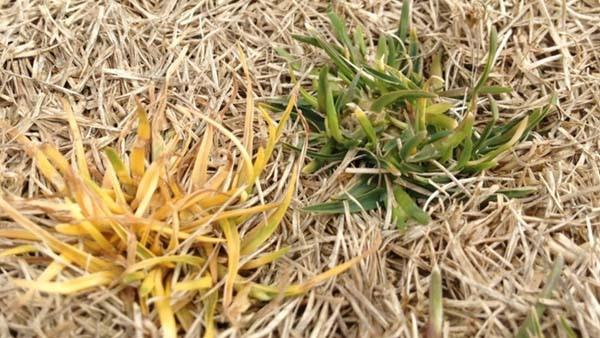 Jim Brosnan, Ph.D., knows a thing or two about weeds; just ask the Weed Science Society of America.
Jim Brosnan, Ph.D., knows a thing or two about weeds; just ask the Weed Science Society of America.A series of tutorials and online teaching tools provided by the society dispelled a common myth about herbicide-resistant weeds and reinforced the message behind Brosnan's recent TurfNet University Webinar: Winter Weed Annual Management.
There is a perception in some circles that weeds are developing herbicide resistance because of a gene transfer between genetically modified crops and weeds.
The reality, according to Brosnan, a WSSA member, is that resistance is attributed to an over reliance on herbicides with a single mode of action, any turf manager not employing multiple mechanisms in a year-over-year rotational program is headed for problems - quickly.
"Using the same herbicide ? that is a perfect equation for herbicide-resistance evolution," Brosnan said in the Webinar.
Brosnan noted in his presentation that more than 400 weed species have developed herbicide resistance since1950. The majority of these weed species occur most often in agriculture, but three of the top four - rigid ryegrass, Poa annua and goosegrass - are turfgrass weeds. In fact, Poa annua is exhibiting herbicide resistance in at least eight Tennessee counties. Research out of Mississippi State cited by Brosnan indicates that annual bluegrass on 40 percent of that state's golf courses has exhibited PSII herbicide resistance directly attributed to overuse.
According to the WSSA bulletin: "Overuse of any compound class, whether antibiotic, antimicrobial, insecticide, fungicide or herbicide, has the potential to lead to reduced effectiveness. Although weeds resistant to herbicides were first reported more than a half century ago, integrated weed management strategies that included more tillage, more hand weeding and multiple herbicides kept them in check to a large degree."
A rotational program that includes two or more modes of action can play a key role in delaying herbicide resistance in grassy weeds like Poa annua, Brosnan said. The Weed Science Society said as much in a bulletin included in the latest Plant Management Network e-newsletter.
According to Brosnan, overuse of a single mode of action year after year can lead to resistance within 10 years. Incorporating a second product into a rotation of one year on, one year off, will double the life cycle of each mode of action, and a program that includes three products of one year on, two years off for each will extend that life cycle to 30 years, he said.
The key word here is extend. No matter what, grassy weeds eventually will develop resistance to any product if exposed to it enough through the years.
"No matter what you do, you're going to get herbicide resistance. Nature will win," Brosnan said. "What we're trying to do is manage the rate at which resistance is evolving."
"There is a sentiment that a silver bullet is on the way."
However, there has not been a new mechanism of action in the herbicide market since bleaching herbicides that inhibit a plant's ability to conduct photosynthesis, were introduced in 1982.
The WSSA concluded by stating: "It is more critical than ever for a variety of carefully integrated weed management strategies to be used so weeds resistant to one method can be controlled in other ways before they have an opportunity to spread."

